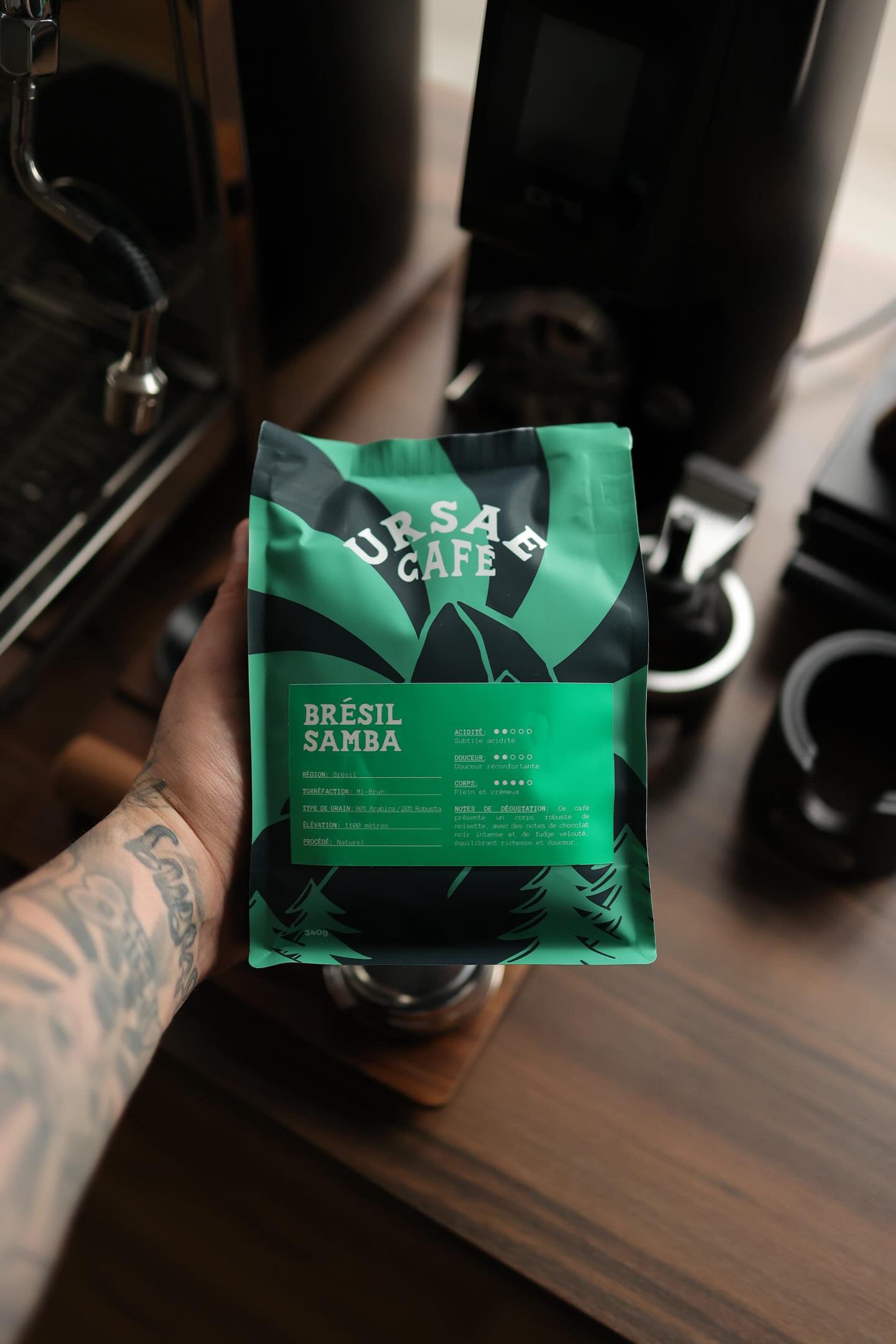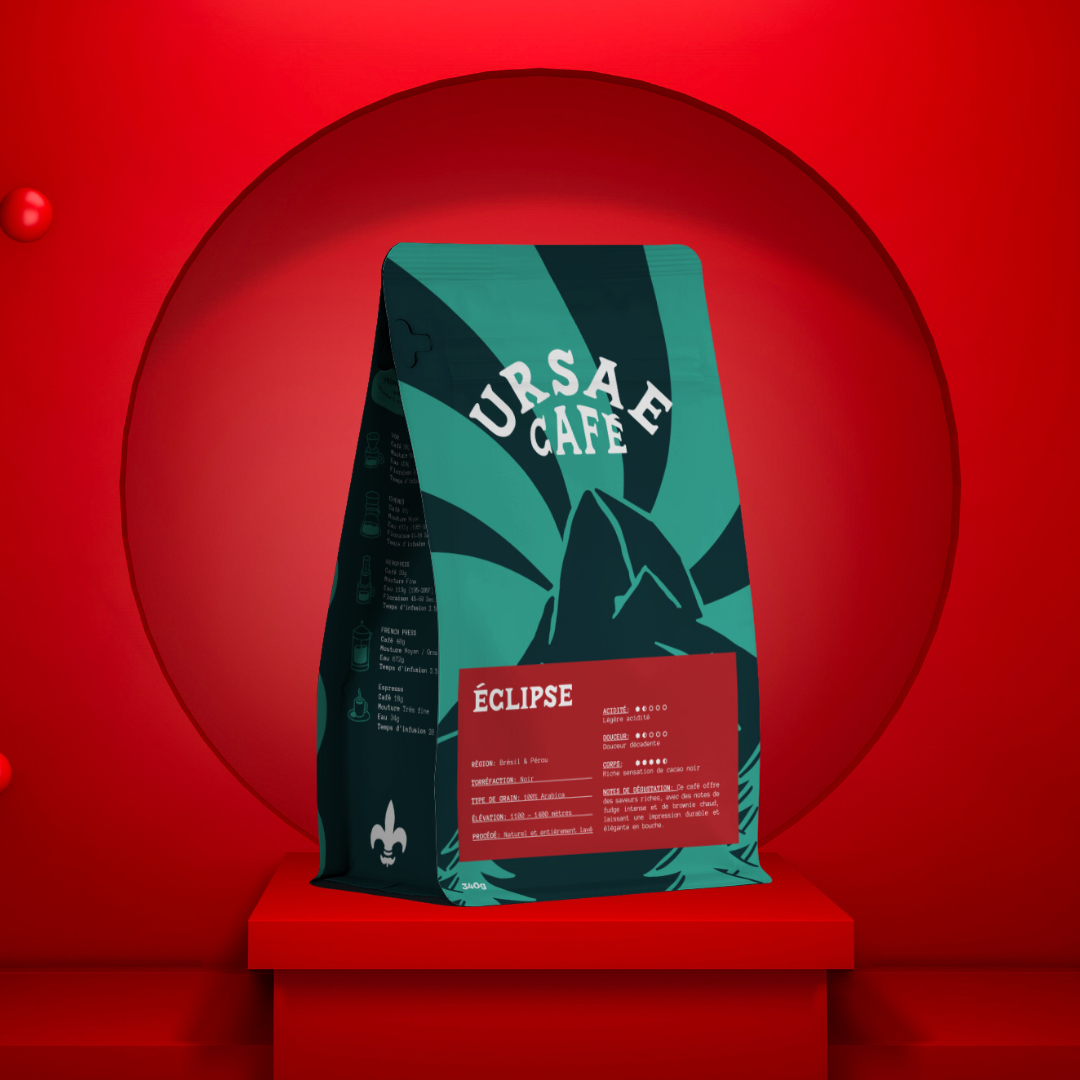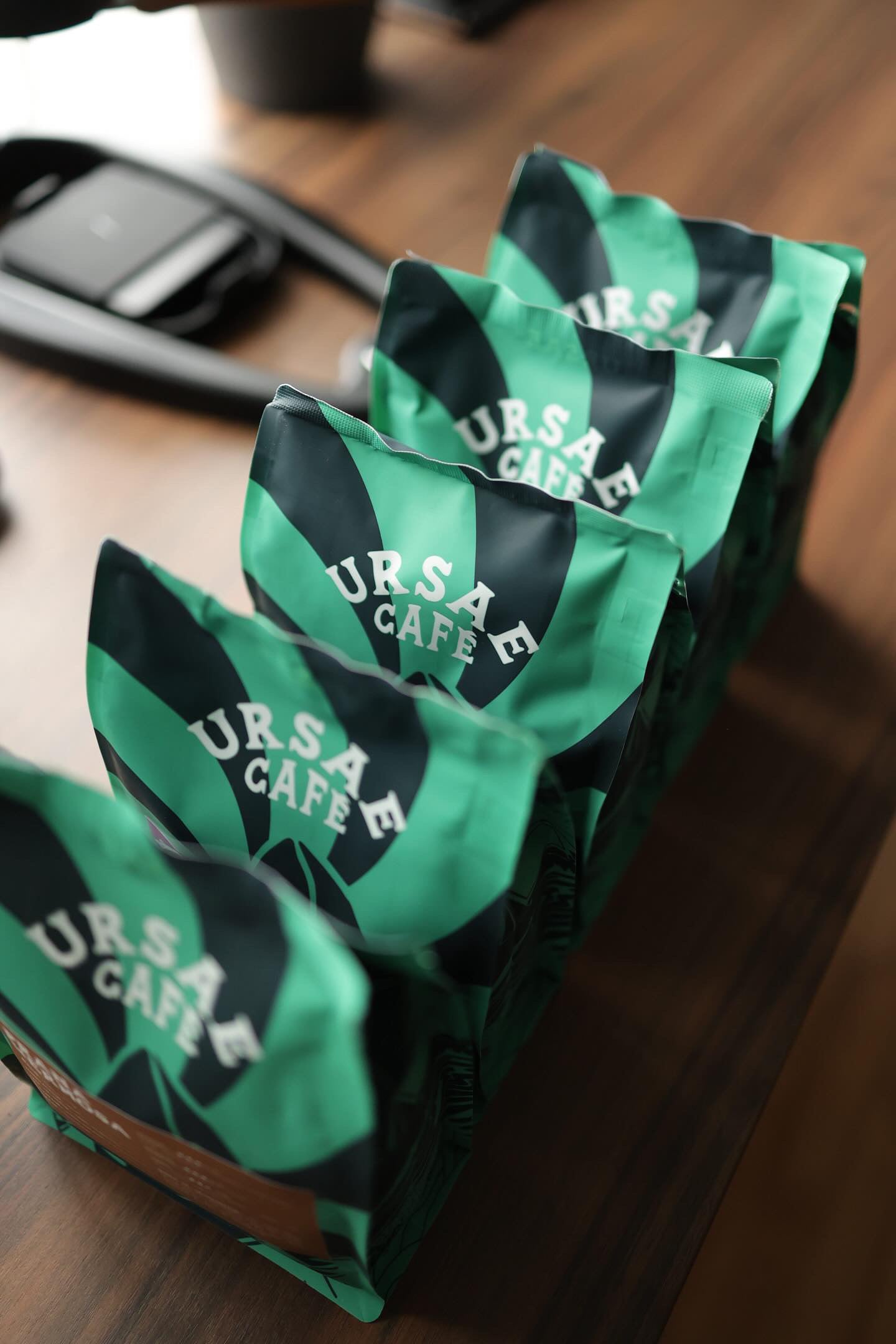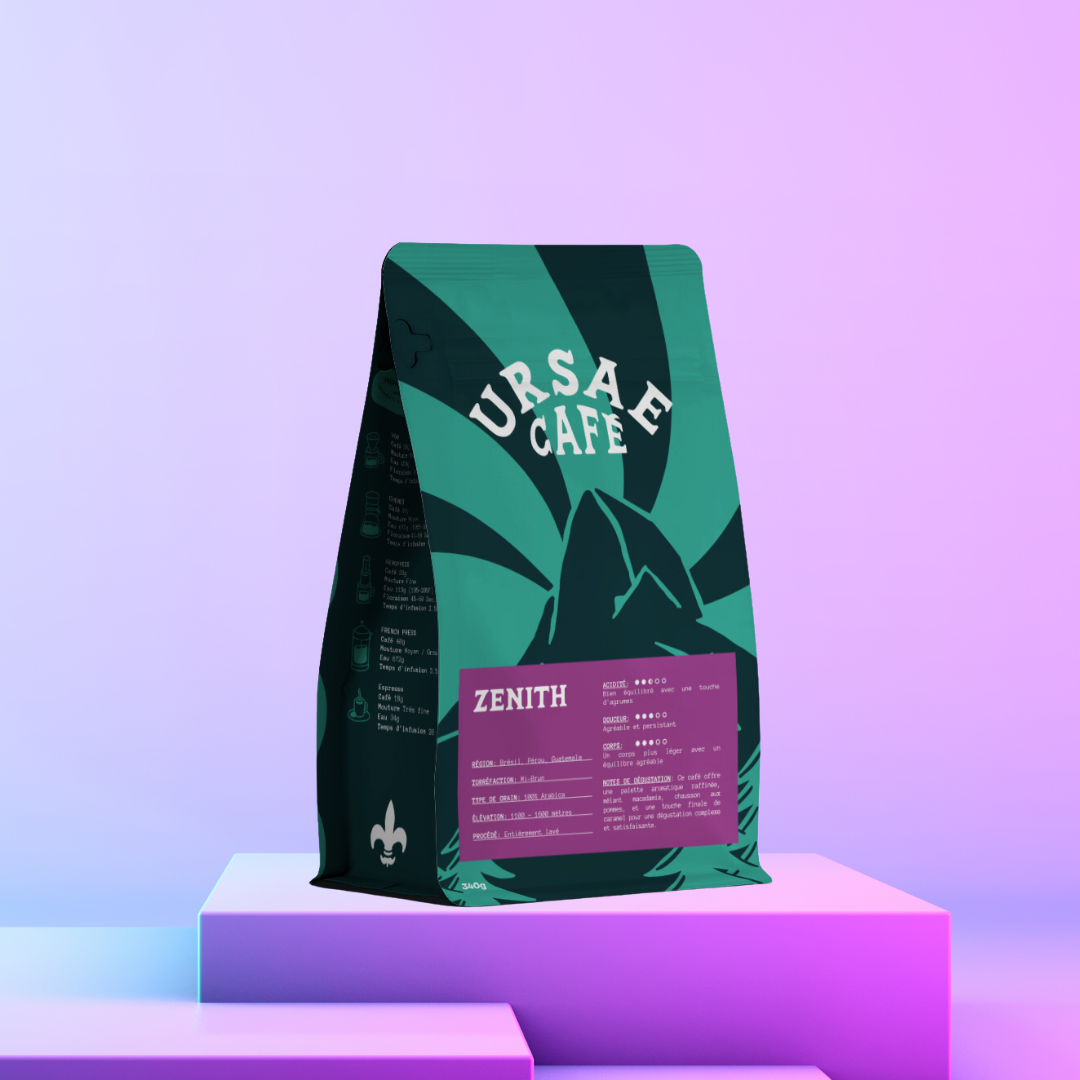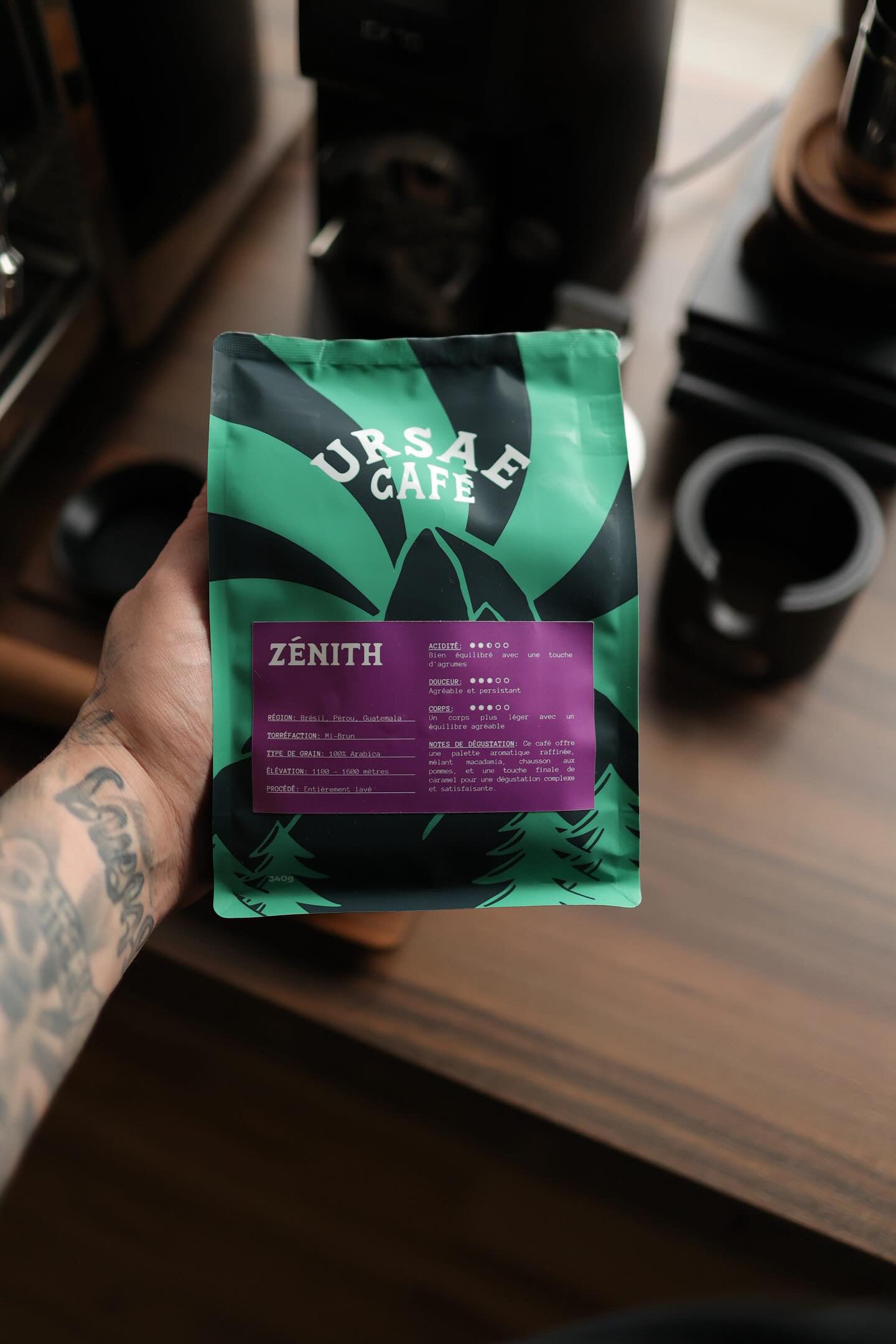Optimize the lifespan of your coffee machine
What coffees should you avoid in espresso machines?
TLDR: Oily or undercooked coffees are bad for residential coffee machines
The love of coffee is universal, but not all coffee beans are created equal, especially when it comes to their impact on our precious coffee machines. Two specific types of roasting, oily and undercooked coffees, can present unique challenges. Understanding these challenges and how roasting influences coffee taste can help us make better choices for our machines and our palates.
Espresso machines such as Jura, Saeco, Philips Breville, Delonghi, Bellucci are vulnerable. To preserve the longevity and ensure optimal performance of these espresso machines, it is crucial to use high-quality, properly roasted beans suitable for espresso.
The Challenges of Oily Coffee Beans
Oily coffee beans generally result from darker roasts. During the roasting process, the internal oils of the beans begin to ooze to the surface, giving the beans that characteristic shiny appearance. Although these oils can contribute to rich flavor and aroma, they can pose a problem for coffee machines, especially coffee grinders.
- Equipment Clogging: Oils can build up in the coffee grinder and other parts of the machine, hampering the performance and consistency of the grind. This buildup can also become rancid, negatively affecting the taste of the coffee.
- Increased Maintenance: Machines used to grind and brew oily coffees require more frequent cleaning to prevent oil buildup and keep components in good working order.
The challenges of undercooked grains
On the other hand, lightly cooked coffee beans, or those that have undergone a lighter roast, pose a different challenge. These grains retain more acids and volatile compounds, which can influence the flavor and chemistry of the extraction.
- Difficulty of Extraction: Undercooked beans are often harder and less porous than their more roasted counterparts, which can make extraction of flavors and aromas more difficult. This can lead to under-extracted coffee, with pronounced acidic or herbaceous notes.
- Equipment wear: The increased hardness of undercooked beans can put additional strain on coffee grinders, potentially accelerating wear on blades or burrs.
Influence on the taste of coffee
Roasting has a significant impact on the taste of coffee. Darker roasts generally produce a richer, fuller-bodied tasting coffee, with pronounced bitterness and often chocolate or caramel notes from the caramelization of sugars during roasting. However, excessive roasting can lead to a burnt taste.
Lighter roasts, on the other hand, better preserve the original characteristics of the coffee bean, including floral, fruity or tangy nuances. These coffees may offer greater flavor complexity, but they may also be perceived as too acidic or "green" if extraction is not properly managed.
Some tips to help you make an informed purchase and protect your coffee machine
- Choosing brown to mid-brown roasts: These roasts are generally a good compromise for most residential coffee machines. They provide a good balance of coffee flavor, acidity, and oils, without too much oil on the surface that could clog your machine.
- Avoid extremes: Very dark roasts can leave excessive amounts of oil on the beans, while very light roasts can be too dense and harsh, potentially wearing out your machine's grinder prematurely.
- Avoid very small roasters: some tend to favor lighter roasts (third wave style) to highlight the unique characteristics of the beans. While this can provide a rewarding taste experience, less roasted beans are harder and can put more strain on the machine's grinder. Instead, opt for roasters, large or small, known for their consistency in terms of quality and roast profile.
- Avoid large productions: Large industrial brands tend to favor darker roasts to ensure consistent flavor on a large scale. These roasts can produce a large amount of oils on the surface of the beans, which can clog machine components. Industry giants purchase massive volumes of coffee, which can sometimes mean less rigorously controlled bean quality.
Why choose Ursae coffees
Ursae coffee is the fruit of the expertise and passion of the L'Heureux family, based in Quebec, recognized for more than 48 years in the field of the sale and repair of coffee machines. We observed that nearly 80% of machine breakdowns are directly linked to the quality of the coffee used, often purchased in supermarkets, we decided to create a solution that combines respect for the device and taste excellence.
Unique in its kind, our coffee is roasted at an altitude of 3,800 feet in the Canadian Rockies, a practice which, thanks to the purer and less dense air, naturally reduces the presence of oils on the surface of the beans. This special roasting method not only ensures smoother coffee for your machine but also ensures an explosion of flavors in every cup.
As a mid-sized company, Ursae embodies the perfect balance between the careful attention of small artisans and the efficiency of large roasting operations. Our range of roasts, judiciously chosen between brown and black – the latter more akin to mid-brown at other roasters – promises depth of taste without the excess bitterness often found in darker roasts.
This coffee, designed by repairers for coffee lovers, is our response to a market saturated with standardized products which too often compromise the performance and lifespan of machines. Ursae embodies our vision of a coffee that honors tradition, quality and sustainability, continuing L'Heureux's family legacy in the coffee industry.
To your cups!


